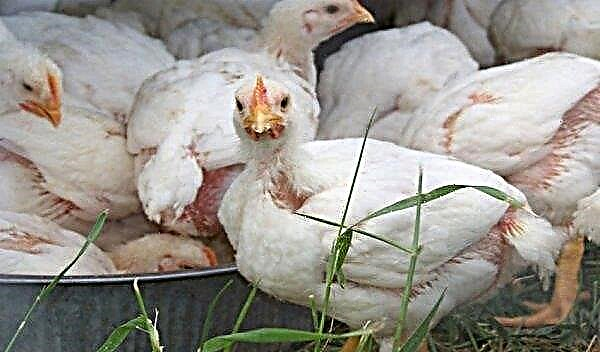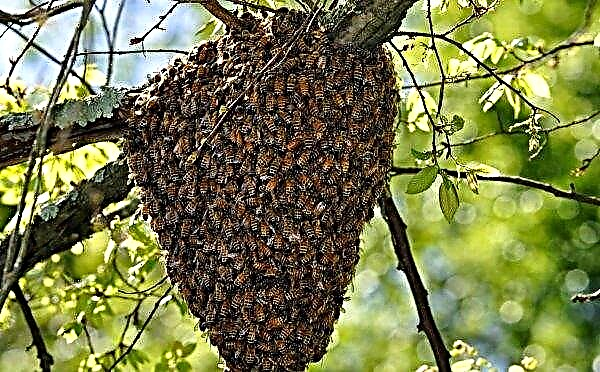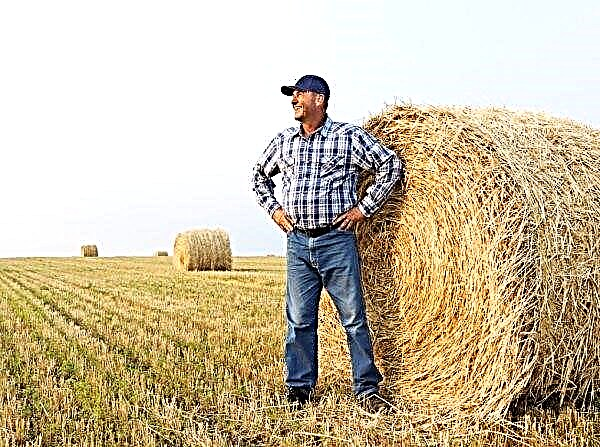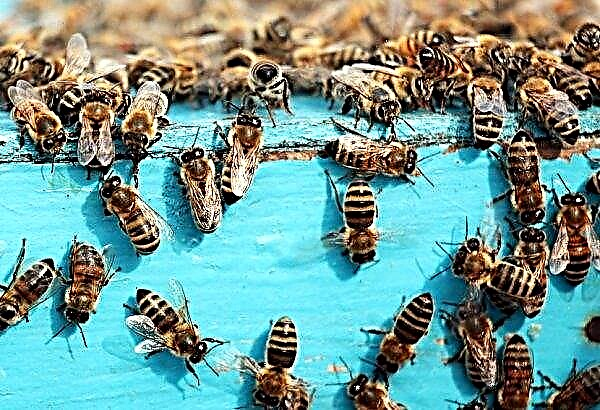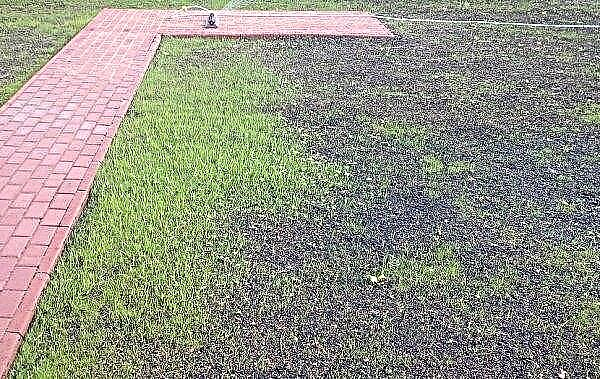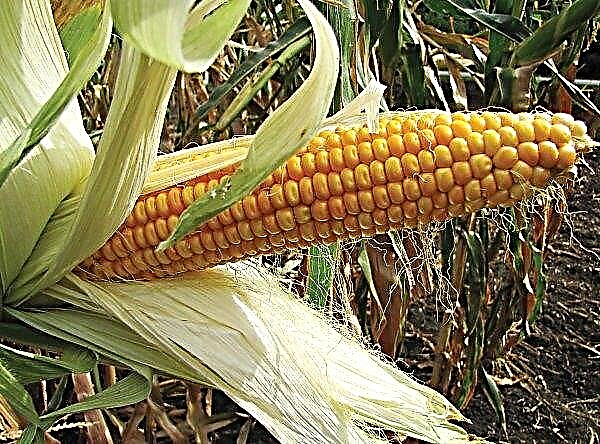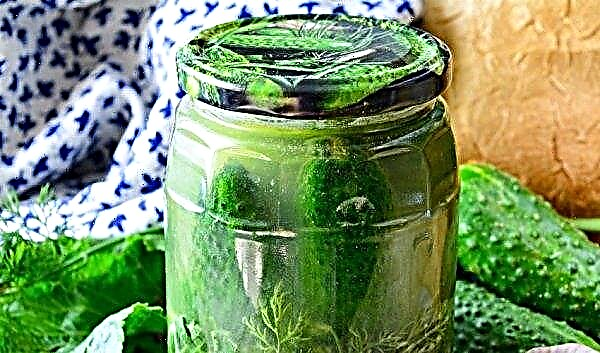Having grown a good crop of carrots, many gardeners are wondering how to save root crops in time, efficiently and without loss. The article will introduce the basic rules for determining the readiness of carrots for harvesting, methods of harvesting and storage of crops.
When to remove carrots from the beds for storage
The period of active vegetation in the Moscow Region lasts from September 10–14 to October 8–12 with a decrease in temperature to + 10 ° С. It is during this period that it is recommended to remove carrots from the garden and lay them for winter storage. But, on the one hand, in September, the growth of the root crop begins due to the withering of the tops and the accumulation of useful substances (sugars and carotene), and on the other hand, the overexposed vegetable is stored worse, can go back into growth, and loses taste. That is why it is very important to find the optimal timing.
In addition to climatic factors, the beginning of harvesting is affected by:
- sowing time;
- variety;
- size of vegetables (large ones need to be dug earlier, and small ones later);
- purpose of cultivation (commodity, own needs);
- nature of use (“per bunch”, for winter storage).
Sometimes it is advised to leave the carrots on the bed until the first snow, but in this case it is advisable to take the tops, laying it on the bed, or cover with non-woven material.
Important!. According to gardeners, picking carrots after the first "matinee" increases the shelf life by a third, compared with harvesting to frost.
Depending on grade
Each variety of carrots has its own growing season, based on which they choose the time of harvesting. The main thing is to dig up no later than the specified date.
But the general rule for all varieties is this: carrots accumulate the most sugars in the last days of technical maturity (the last quarter of the growing season).
When planting various varieties, you should start a field diary where you need to indicate the place of sowing, the ripening period of planted varieties and the date of sowing.

Early ripe varieties
Early varieties ripen in 80–90 days from sowing.
Early ripe varieties intended for summer-autumn use are harvested as necessary. Usually, these varieties are planted small, because they are not subject to long storage, and are very suitable for early vitamin production “on a bunch”. Early ripening allows in the middle of summer to begin a partial selection of root crops as needed.
Some varieties of early carrots are well stored after harvest. For example, Alyonka variety is stored until mid-winter, and Bangor variety is stored until mid-spring, with proper harvesting and storage conditions.
Important! After picking carrots, the pits should be carefully sprinkled with earth and compacted to avoid damage to the crops by the carrot fly.
Mid-season varieties
Mid-season varieties are removed from the beds in late September or early October. It was at this time that the temperature indicators of the Moscow Region fell to + 4 ° C, which ensures a slowdown in the biological processes of plants, and carrots no longer grow. During this period, the outflow of nutrients from the green mass to the roots begins, which increases the yield by 35–45%.
Late ripening varieties
The growing season of late carrots lasts 110–140 days.
Late-ripening varieties are harvested in the fall - in September-October, focusing on meteorological forecasts. For storage for the winter, late-ripe varietal varieties are grown.

Duration of harvesting varieties planted before winter
Choosing the time to collect carrots planted in the winter, you should focus on the timing of ripening of the sown variety. Typically, such crops are harvested a month earlier than the spring crop.
Soil under autumn crops, as a rule, is more dense due to winter compaction, so the use of garden tools is necessary.
Important! Winter crops are less affected by the carrot fly, because by the time the spring pest appears, the carrots have time to grow stronger and become resistant to insect damage.
It is better to use winter carrots as early as possible for fresh consumption and for summer harvesting, because unlike the early varieties, it is fully ripe and collected the necessary substances, and it is too early to put into storage.
By calendar dates
Weather conditions in the middle zone, including the Moscow Region, allow you to start harvesting carrots from the beds in late September or early October. The best time is September 15–25. Do not delay with cleaning, because you can get on the frost, and standing on the root carrots can sprout.
According to meteorological observations, the first frosts in the suburbs occur on September 20-23. October is characterized as a cloudy, rainy and cold month.
Signs of ripe carrot harvest
You can determine the ripeness of carrots in appearance and taste. To do this, simply dig out a couple of carrots, carefully inspect and taste.
Common signs of ripeness are:
- yellowing and darkening of the tops (lower leaves);
- the end of the growing season specified by the seed producers;
- achievement of the carrot characteristics declared by the manufacturer (taste, color, size).
Signs of overexposed carrots:
- yellowing of the middle and upper leaves of the tops with sufficient irrigation;
- white lateral roots on the root;
- cracks.
Did you know? Convenient Android applications have been developed to help gardeners, where useful tips, sowing and harvesting calendars are published, according to which you can choose favorable harvesting days and ripening dates for any vegetable crop.
The influence of weather on the timing of carrots
Weather conditions also affect the harvesting time of grown vegetables.
Rains and increased soil moisture can cause root crops to rot and become infected with diseases. Stability is reduced, even when digging vegetables in due time. But if harvesting occurred during the rainy period, carrots must be thoroughly dried and inspected before being stored.
Cool and dry weather with an air temperature of + 3 ... + 8 ºС is the best indicator of cleaning time and comfortable conditions for a gardener. In this case, the carrots will have time to cool even on the beds, which is a prerequisite before laying in the store.
You can focus on folk signs and start harvesting on the waning moon, but remember that meteorological forecasts will be more accurate.
How to collect from the beds for storage
The implementation of the basic rules and the sequence of work when digging vegetables from the beds will provide high-quality storage of grown products:
- the choice of the optimal day and the duration of the collection (for commercial production);
- digging methods;
- sorting and cutting tops;
- drying and storing in storage.
How to choose a day to collect
Having determined the correct timing and condition of vegetables, you can start digging. It is better to choose a day for work on carrot beds dry, clear and cool. It is advisable to exclude irrigation before this, in order to avoid the accumulation of excess dirt on the root crops and to facilitate easier cleaning.
The dates of digging carrots on the waning moon according to the lunar calendar for 2019 are as follows:
- August - 19–25;
- September - 8, 9, 16–21, 25, 26;
- October - 3–6, 15–19, 22–25.
But once again it is worth recalling the importance of weather forecasts.

Digging and tearing
The methods of digging root crops from the earth depend on the state of the soil (loose, moist), soil compaction (after winter sowing), and the size of the root crop.
A medium-sized root from loose soil can be torn out of the bed manually. To extract larger and longer roots in heavy soils, it is advisable to use garden tools (pitchforks, shovels). In commodity production, mechanized means are used (motor-blocks, combines).
When using shovels, you only need to dig up the beds, and make further sampling with blunt pitchforks. Root crops should be carefully cleaned of the earth, inspected for damage and sorted (for storage, seeds, current needs and fresh consumption).
Topping
Immediately after removing the roots from the beds, it is recommended to cut the tops.
There are two ways to crop:
- under the base of the tops (0.5-1 cm), without affecting the root;
- pruning tops and parts of the root (0.5 cm).
Which of these methods is better is decided by the gardeners themselves. For example, in the first method, it is possible that the root will germinate by the beginning of spring in a storehouse with disturbances in microclimatic parameters, and in the second, it is possible to damage the root and introduce an infection, which will affect the storage quality and quality of the crop during storage.
Cutting tops eliminates the pulling of nutrients and moisture from the root, and helps to maintain juiciness and elasticity.
Drying
Freshly dug vegetables are left to dry directly on an open area in cloudy weather or under cover in a shaded and blown place.
The drying time is 5-6 hours. Many gardeners make a mistake by increasing the drying time. It should be remembered that carrots are the root, which during long drying loses elasticity, dries out and becomes flabby.Did you know? Carrots have their own holiday. So, in California every year in February they organize a festival dedicated to this vegetable. The holiday lasts a whole week - with contests, competitions and cooking.
When harvesting in warm weather, vegetables should be cooled after drying to + 2 ... + 4 ° С for 4–5 days in a dark place before laying in the warehouse. When digging a crop in cold weather, this procedure can be excluded.

How to store the crop properly
Compliance with the rules and acceptable methods of storage will provide better preservation of the crop for a long time.
Microclimatic indicators (temperature and humidity) of the room must be constant:
- at indicators + 1 ... + 2 ° С and 98%, the shelf life will be 4–6 months;
- at indicators + 2 ... + 4 ° С and 90% - 2-3 months.
- dry sand - containers with root crops are sprinkled with clay or loamy sand, excluding touching the fruits of each other;
- dried clay - dip the fruits into a clay solution and dry;
- moss sphagnum;
- peel of onion or garlic;
- coniferous sawdust.
Storage container:
- wooden or plastic boxes;
- plastic bags;
- food wrap;
- earth piles and pits.
In the storage and at the bottom of the containers you can put wormwood and balsam tansy to scare away mice.

Growing a good crop of carrots is only half the success in gardening. It is equally important to correctly take into account the climatic conditions of the Moscow Region, determine the timing of harvesting carrots and prepare vegetables - this is the only way to preserve the grown crop until spring.

